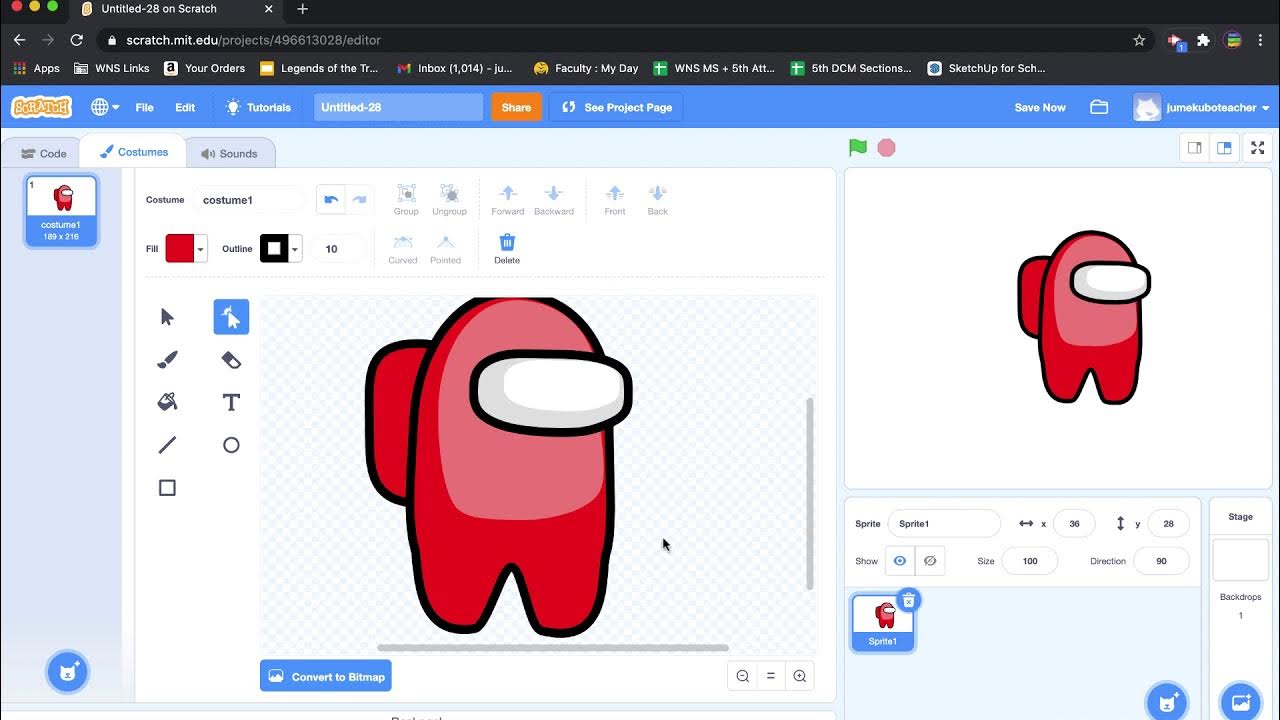LEARN TO DRAW FROM 0 to 100! | Roadmap| DrawlikeaSir
Summary
TLDRIn this comprehensive video, Marcel offers a detailed roadmap for beginners looking to learn drawing from scratch. He covers essential skills like linework, 3D vision, and proportions, then progresses to advanced techniques such as perspective, anatomy, and composition. Marcel emphasizes the importance of practice and patience, suggesting that learning to observe and analyze other artworks is key to developing one's own style and continuously improving as an artist.
Takeaways
- 📝 Start with the basics: Begin your drawing journey by mastering linework and shape design.
- 🔍 Develop 3D vision: Learn to see and draw objects in three dimensions for a more realistic outcome.
- 🧍♂️ Focus on proportions: Understand human body proportions before diving into detailed anatomy.
- 🖼️ Master perspective: Learn to use vanishing points to create depth and realism in your drawings.
- 💪 Dynamics matter: Practice drawing figures with dynamic poses to enhance your drawings.
- 🚀 Take your time: Real skill development takes weeks or months of practice, not just learning.
- 🌟 Aim for advanced skills: Once comfortable, explore advanced perspective, complex shape design, and detailed anatomy.
- 🎨 Understand rendering and shading: These skills add depth and realism to your art.
- 🤔 Analyze to improve: Cultivate the ability to analyze and learn from other artworks to develop your style.
- 👀 The 'observing skill': Continuously learn and evolve by observing and analyzing art around you.
Q & A
What is the main focus of the video by Marcel?
-The main focus of the video is to provide a comprehensive roadmap for beginners on how to learn drawing and get into art from the very start, covering various skills and art styles.
What is the first skill Marcel suggests to work on for learning to draw?
-The first skill Marcel suggests is 'Linework', which involves making clean strokes with a pencil to avoid bad habits that are hard to break later.
Why does Marcel emphasize the importance of '3D Vision' in drawing?
-Marcel emphasizes '3D Vision' because it helps in making drawings more realistic and believable by understanding the three-dimensionality of shapes and objects, which is essential for creating depth in art.
What does Marcel mean by 'simple anatomy' when discussing drawing humans?
-By 'simple anatomy', Marcel refers to learning the basic proportions of the human body rather than diving into detailed anatomy, which is more suitable for beginners to avoid creating distorted figures.
How does Marcel approach the teaching of perspective for beginners?
-Marcel suggests starting with a 'baby' version of perspective by understanding the 3D dimensionality of shapes and objects, and then progressing to using one-point perspective for more advanced 3D scenarios.
What is the significance of 'dynamics' in drawing according to Marcel?
-Marcel highlights that 'dynamics' are what differentiate a good drawing from an average one. It involves planning out the character's pose and layout before adding details, which can significantly enhance the overall impact of the artwork.
Why does Marcel advise against rushing through the learning process of drawing?
-Marcel advises against rushing because mastering drawing skills takes time and practice, and pressure can be detrimental to creativity. He emphasizes the importance of taking time to learn the basics and not to be overwhelmed by the learning curve.
What is the 'hidden skill' Marcel mentions at the end of the roadmap?
-The 'hidden skill' Marcel refers to is the 'observing skill', which is the ability to analyze and understand what makes an artwork good, allowing artists to learn from others' work and develop their own style.
How does Marcel suggest integrating advanced perspective and shape design into an artist's skill set?
-Marcel suggests learning advanced perspective with 2 and 3 vanishing points and mastering shape design to draw complex objects accurately. These skills are crucial for creating more advanced and realistic artwork.
What is Marcel's advice for artists looking to specialize in different art styles like portraits, landscapes, or comics?
-Marcel advises that regardless of the art style, a basic skillset is essential. For portraits, focus on facial anatomy and shading; for landscapes, emphasize composition and perspective; and for comics, become proficient in a wide range of skills including anatomy, composition, and perspective.
Outlines

此内容仅限付费用户访问。 请升级后访问。
立即升级Mindmap

此内容仅限付费用户访问。 请升级后访问。
立即升级Keywords

此内容仅限付费用户访问。 请升级后访问。
立即升级Highlights

此内容仅限付费用户访问。 请升级后访问。
立即升级Transcripts

此内容仅限付费用户访问。 请升级后访问。
立即升级浏览更多相关视频

CARA BELAJAR TRADING CRYPTO DARI NOL by Kalimasada Akademi Crypto.

Como Aprender Excel do ZERO [GUIA ATUALIZADO]

07. Scratch - Drawing and Animating a Sprite

[Curso AutoCAD DO ZERO 2018-2019 -Aula 01] Configure a tela inicial do AutoCAD EM POUCOS MINUTOS

Cara membuat 3D Nut/Mur menggunakan AUTOCAD

How To Learn Devops In 2025 | DevOps Full Roadmap (with resources)
5.0 / 5 (0 votes)
